
Mold is a common and unwelcome sight in any home. It can appear on walls, ceilings, and even furniture, leaving behind unsightly black or green spots and a musty odor. When faced with this problem, many people's first instinct is to reach for a bottle of household bleach, believing it to be the ultimate solution. After all, bleach is a powerful disinfectant, so does bleach kill mold?
The short answer is yes, but it’s not the complete picture. While bleach can kill mold on the surface, it is often ineffective for long-term mold removal and can even make the problem worse. This is a crucial distinction that most people don't realize. To understand why bleach is not the best solution, you need to understand the science behind how mold grows and how bleach works.
While it may seem like bleach is getting the job done, what you’re seeing is an illusion. Bleach can kill the visible mold spores on the surface of non-porous materials like a shower tile, but it does not penetrate into porous surfaces to kill the mold’s "roots," or hyphae. This means that while the surface looks clean for a short time, the mold is still alive and well just beneath the surface, allowing it to regrow and reappear quickly.
Using bleach on mold is like cutting the top of a weed without pulling out the roots. The weed will simply grow back, and often stronger than before. Because of this, the question "can bleach kill mold?" is misleading. It might appear to, but it won't solve the underlying problem.
Household bleach is a solution of sodium hypochlorite and water. It is a powerful disinfectant that works by breaking down the proteins in a mold cell, effectively killing it. This is why it is so effective at sanitizing non-porous surfaces.
However, the problem with mold isn't just the visible spores; it's the network of filaments that extend deep into a material to find a food source. On porous materials like drywall, wood, grout, and even carpet, mold’s hyphae grow into the material. The water in the bleach solution is unable to penetrate these surfaces, but the chlorine evaporates, leaving only water behind. This water can actually encourage mold growth by providing it with the moisture it needs to flourish. In fact, using bleach on porous surfaces can essentially feed the mold that you're trying to kill.
Furthermore, using bleach on mold can be dangerous. It is a harsh chemical that can release toxic fumes, especially when mixed with other cleaners like ammonia or vinegar, creating a highly dangerous gas. Bleach also corrodes and damages many surfaces over time.
Thankfully, there are safer, more effective alternatives for mold removal that don’t come with the risks and ineffectiveness of bleach.
Vinegar is a natural, non-toxic substance that is highly effective against mold. Its acidic properties allow it to penetrate porous materials and kill the mold's roots. It has been shown to kill up to 82% of mold species.
Hydrogen peroxide is another excellent choice for mold removal. It is an antifungal, antiviral, and antibacterial agent that is safe for most surfaces and has no toxic fumes. It can also be used on porous and non-porous surfaces.
For lighter mold problems, baking soda is a gentle yet effective solution. It works as a mild fungicide and is safe for use around children and pets.
While these DIY solutions are great for small patches of mold (less than 10 square feet), they are not suitable for large or extensive mold problems. If the mold covers a large area, has spread through an HVAC system, or is the result of a significant water leak, you should always call a professional mold remediation specialist.
Professionals have the proper equipment and expertise to safely contain and remove large mold colonies without releasing spores into the air, which can cause serious health problems. Attempting to tackle a major mold issue on your own can be dangerous and ineffective.
In summary, the next time you ask yourself, "does bleach kill mold?", remember this: it might kill the surface spores, but it won't solve the problem. Opt for safer and more effective alternatives like vinegar or hydrogen peroxide for small jobs, and don’t hesitate to call a professional for larger, more serious mold issues.

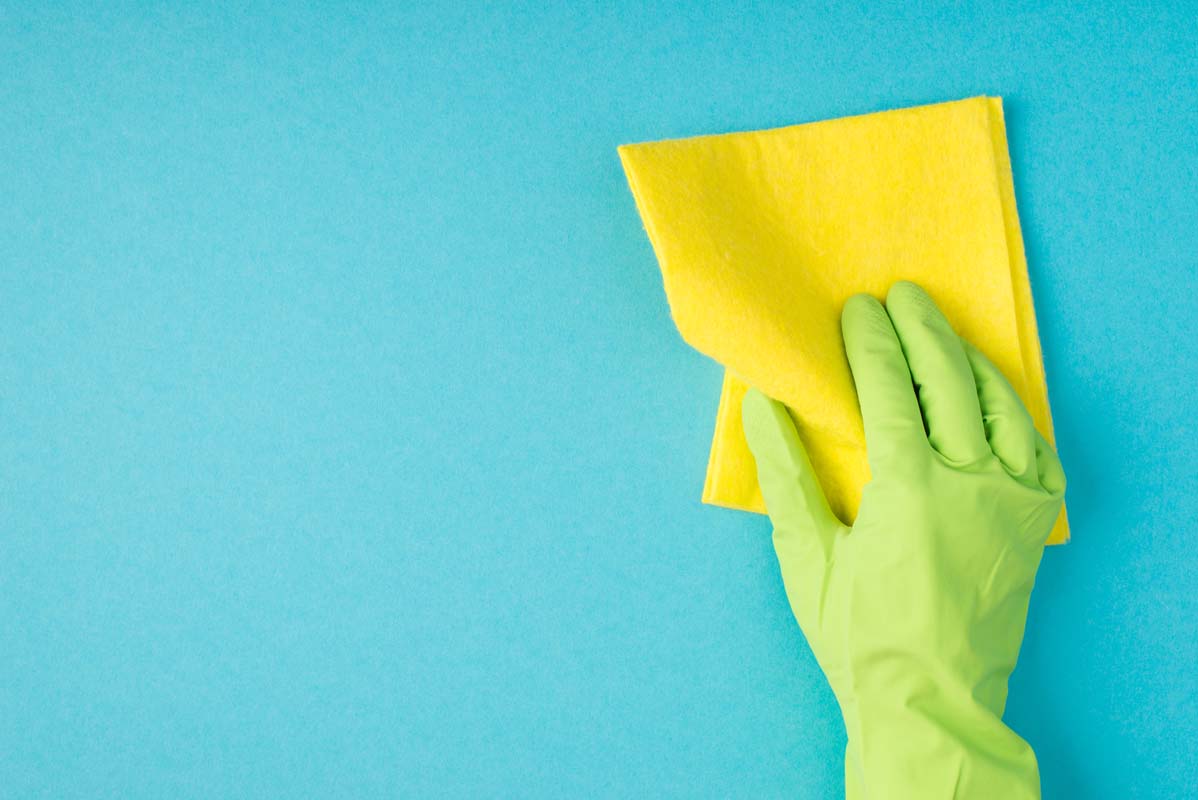
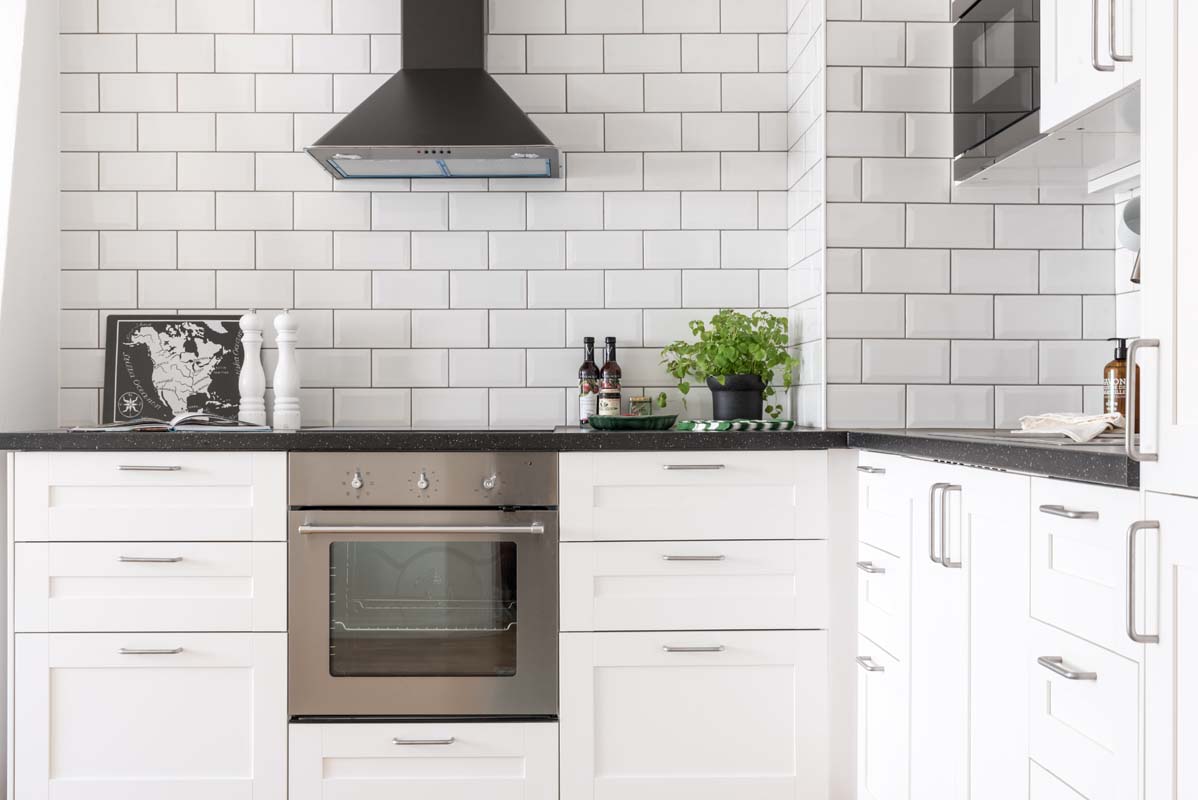
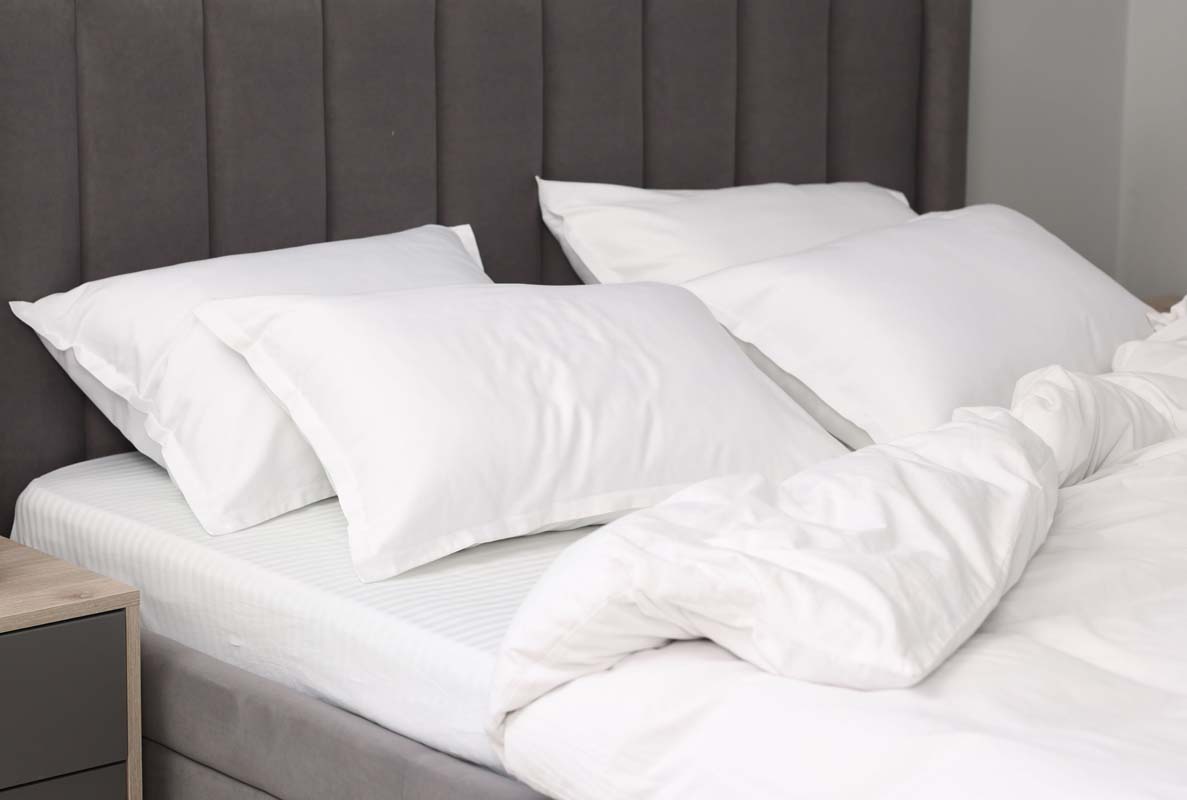

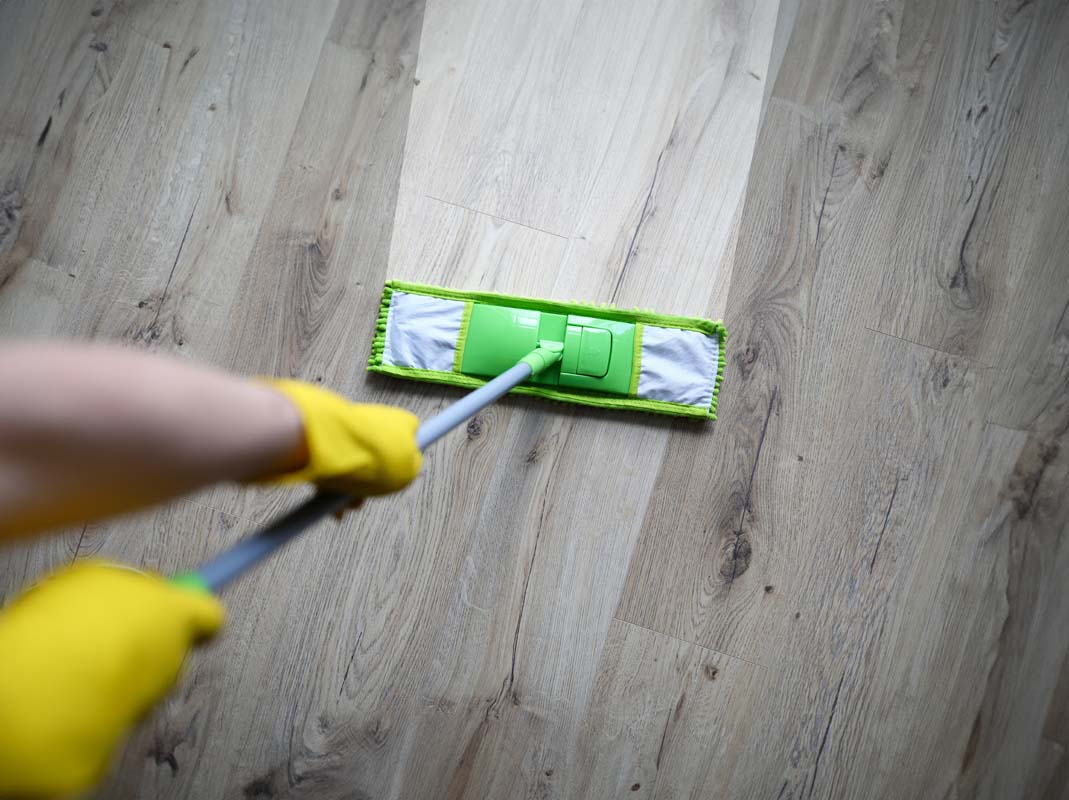
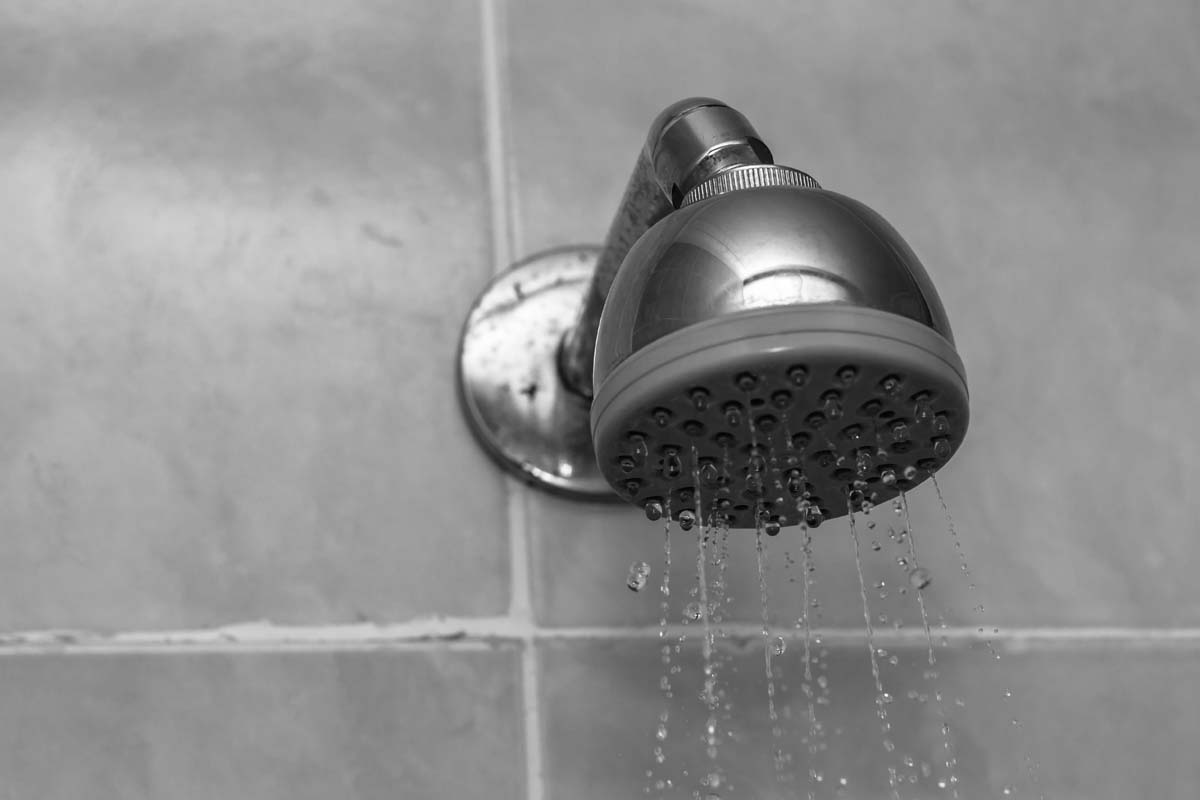


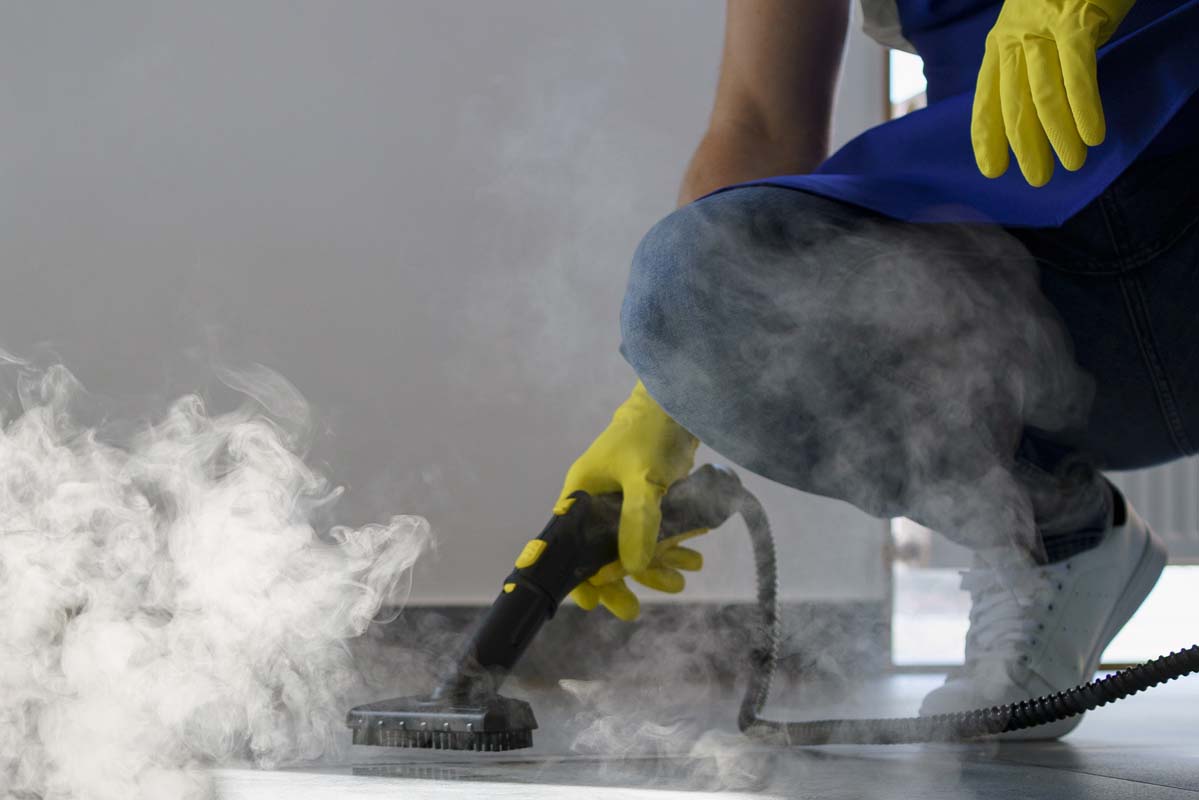




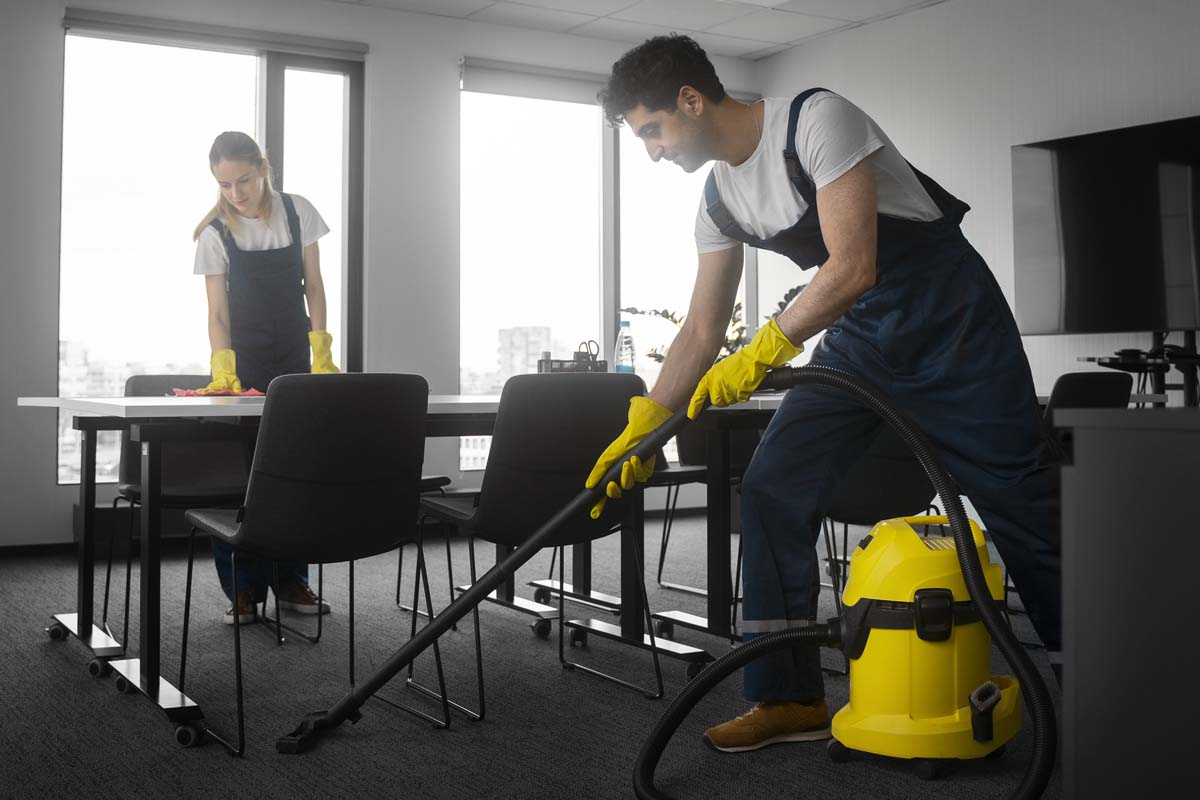
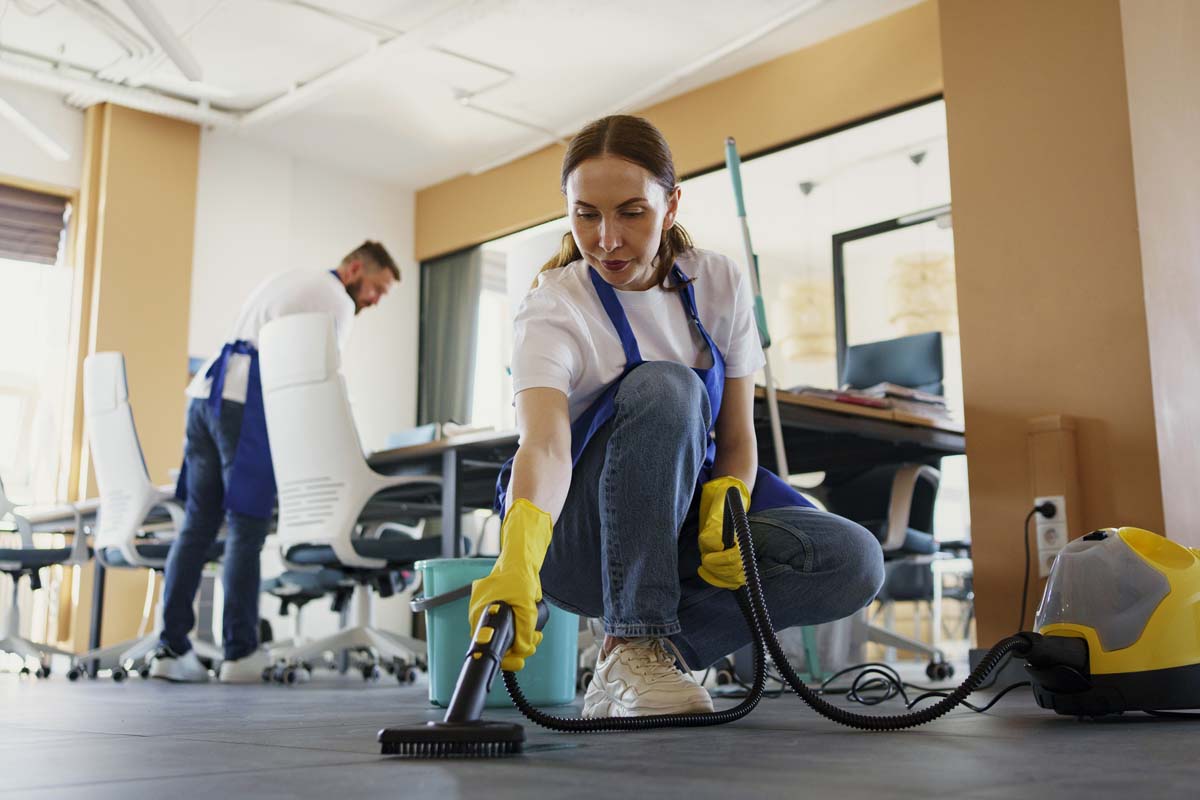



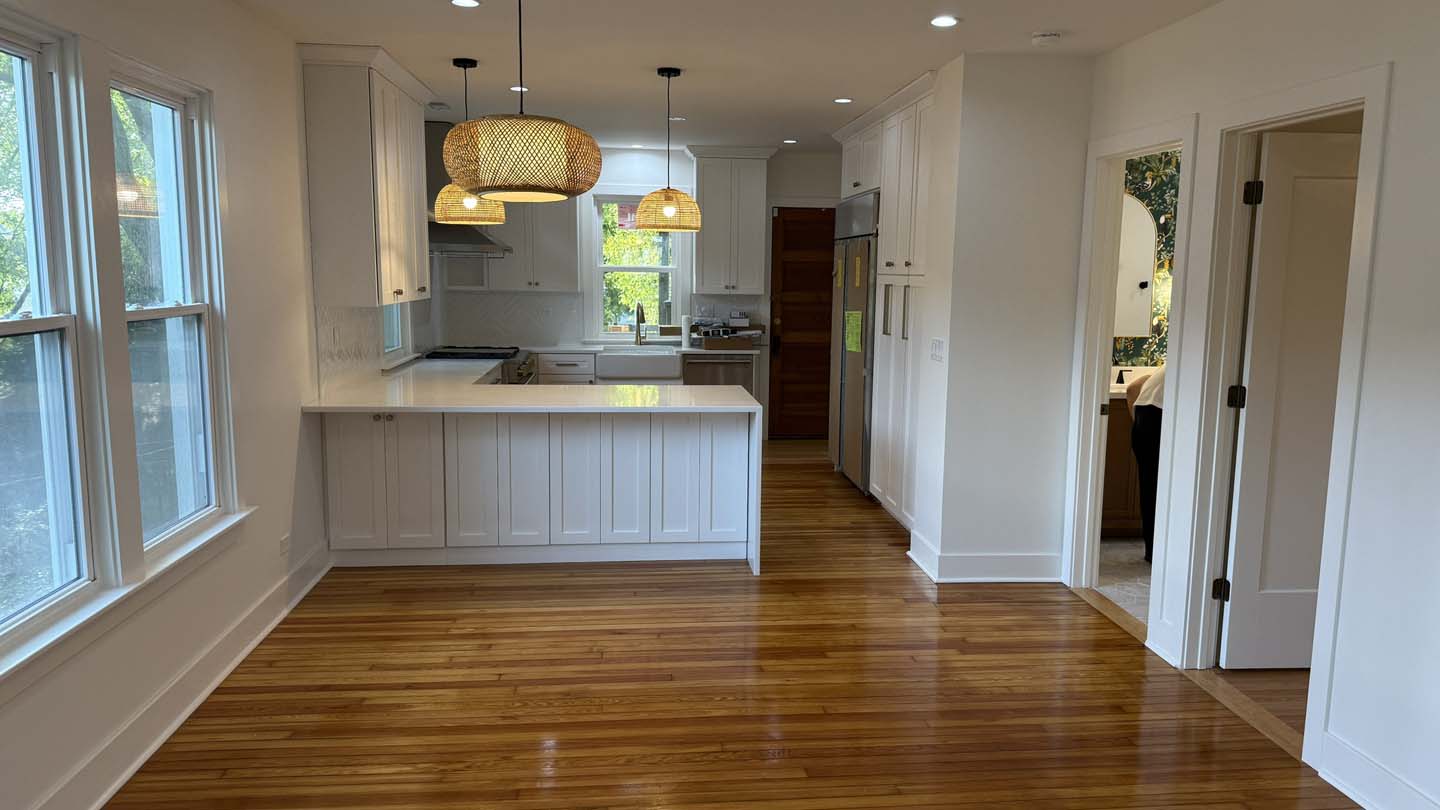
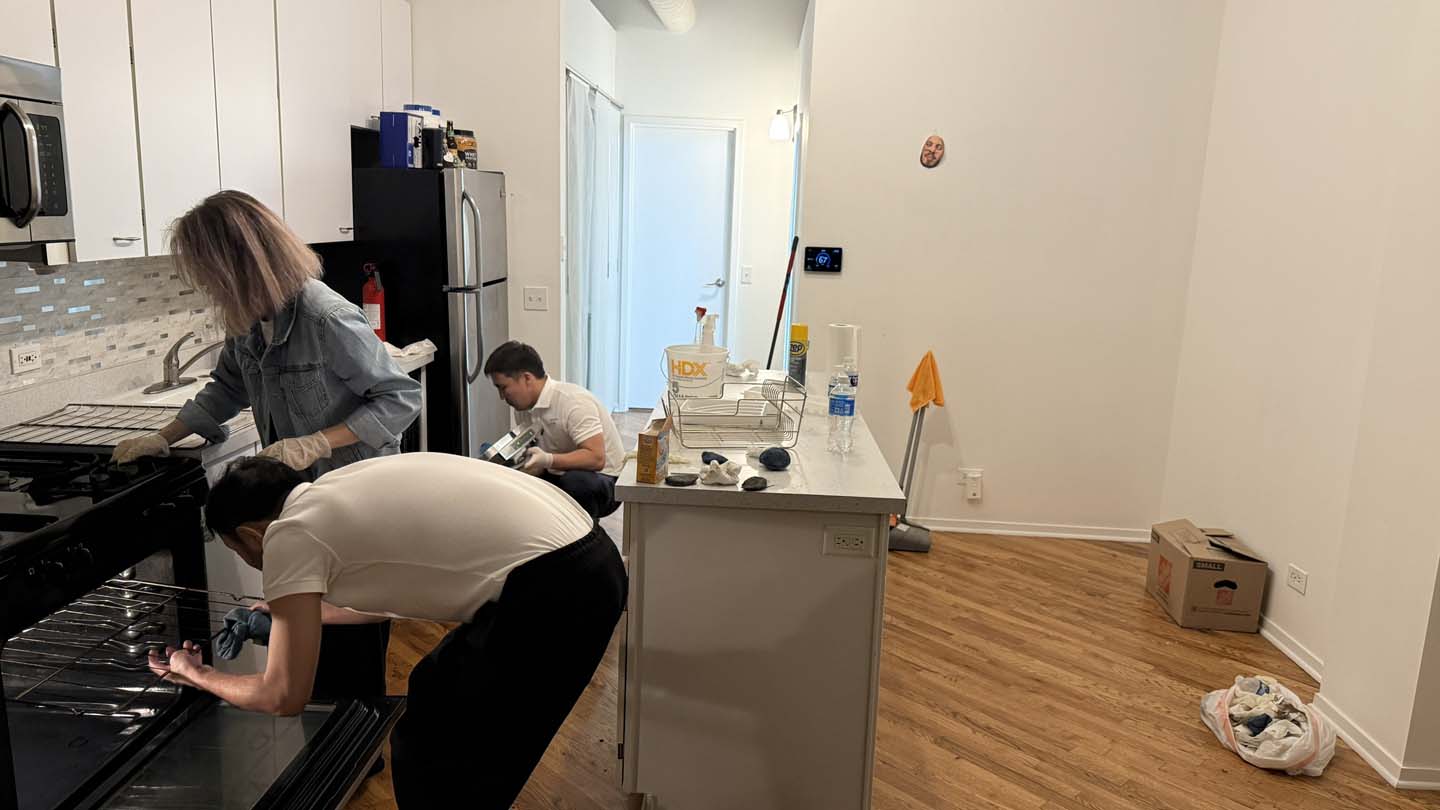



Keep your space fresh, clean, and stress-free with our full range of residential cleaning services in Chicago, IL. Whether you need routine maintenance, a deep clean, or move-in/move-out service, our expert team delivers spotless results every time.